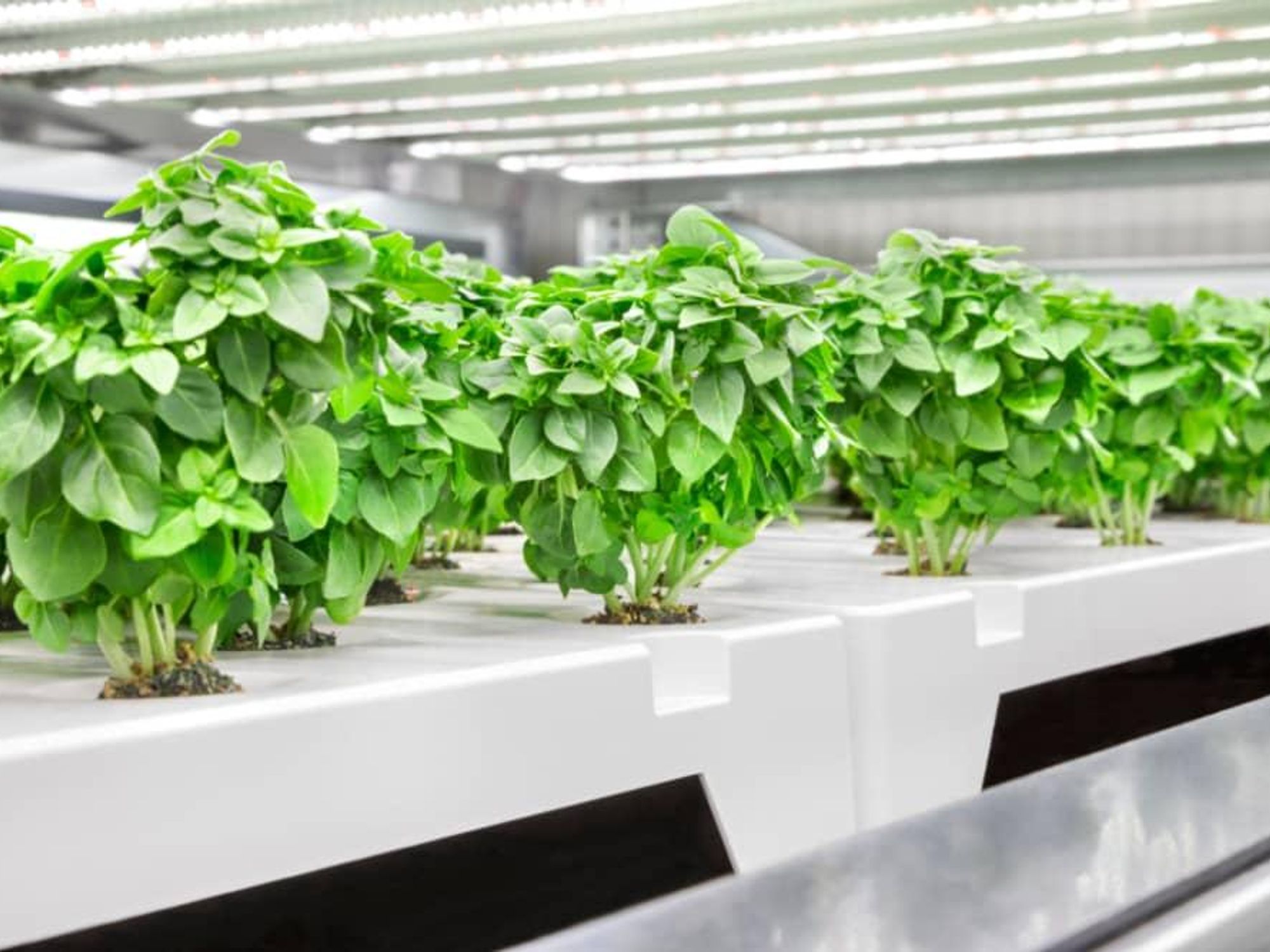Fertile economic ground
Growing Austin suburb sprouts innovative indoor farming facility to feed Texas communities

A European company that specializes in indoor farming is looking to Kyle to grow its business in the U.S.
Infarm, based in Germany, says its second indoor farming operation in the U.S. will be in Kyle, a fast-growing Austin suburb. About 60 percent of the more than 73,000-square-foot facility will be set aside for growing fruits and vegetables. Infarm’s current and future products include herbs, leafy greens, microgreens, mushrooms, tomatoes, peas, peppers, and strawberries.
When fully equipped, the Kyle facility will be capable of feeding more than 18 million Texans, the company says. Each growing center consists of dozens of modular farming units, each standing 33 feet tall. It takes six weeks for Infarm to build a growing center.
Infarm’s first U.S. location opened in 2019 in Seattle. Aside from the Kyle and Seattle operations, the company plans to set up five more growing centers in the U.S.
“Agri-tech innovations are of growing importance for our food systems and supply,” Kyle Mayor Travis Mitchell says in a news release. “That’s why it’s great to see a global vertical-farming leader investing in the region and setting up business in Kyle, creating jobs, and making even more sustainably sourced, fresh, local produce available to our region.”
Infarm says the Kyle growing center will supply produce to customers in the Austin, Dallas, Houston, and San Antonio areas. The company’s North American customers include the Kroger, Safeway, and Thrifty Foods grocery chains.
Infarm’s systems can grow more than 500,000 plants a year in just 430 square feet of floor space. The company says its vertical farming approach uses 95 percent less land and water than traditional farming methods, and requires no chemical pesticides.
In December, Infarm announced it raised $200 million in venture capital to fuel its global expansion. By 2030, the company — now valued at more than $1 billion — hopes to be operating 100 growing centers in 20 countries, up from the current 11 countries.
